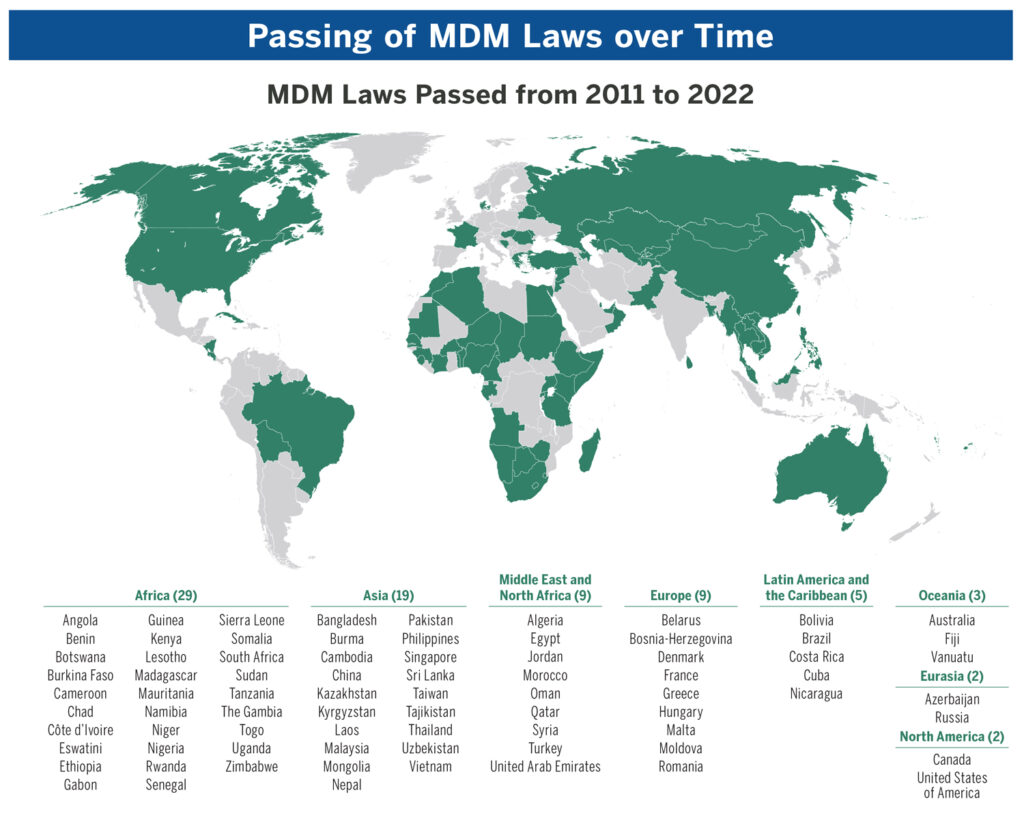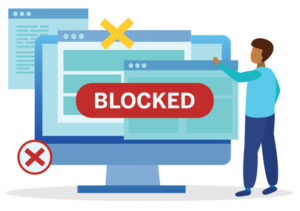 The spread of misinformation, disinformation, and mal-information (MDM) online has become one of the most pressing issues of our time, according to analysts Gabrielle Lim and Samantha Bradshaw. Around the world, people have been inundated with false, misleading, and deceptive information about health, politics, and science. Journalists are on the front lines of these digital battles over truth, working to provide citizens with accurate news and information.
The spread of misinformation, disinformation, and mal-information (MDM) online has become one of the most pressing issues of our time, according to analysts Gabrielle Lim and Samantha Bradshaw. Around the world, people have been inundated with false, misleading, and deceptive information about health, politics, and science. Journalists are on the front lines of these digital battles over truth, working to provide citizens with accurate news and information.
However, in the “post-truth” era, independent journalism faces enormous constraints with governments passing legislation to combat the threats of misinformation and “fake news,” which both intentionally and inadvertently impinge upon freedom of the press. These measures can sometimes interfere with the free and open exchange of ideas, as well as citizens’ ability to hold leaders to account, they observe in Chilling Legislation: Tracking the Impact of “Fake News” Laws on Press Freedom Internationally, a report for the Center for International Media Assistance (CIMA):
– MDM laws are being enacted at an escalating rate. Between 2011 and 2015, only 14 MDM laws were implemented. Between 2016 and 2022, 91 such laws were put in place.
– MDM laws are often vague and allow governments to define prohibited content at their own discretion. As a result, journalists risk steep fines or even imprisonment for any content that goes against the government line.
– In many countries, countering false information is framed as an issue of national security. In authoritarian states, this can pose a real threat for independent media. To adequately address MDM, a more holistic approach is necessary.
 Research on digital authoritarian practices describes the many ways governments use digital technologies to monitor citizens, suppress dissent, and spread propaganda. Sometimes described as “information controls” or “digital repression,” governments use digital technologies to manage and curate information online, Lim and Bradshaw add:
Research on digital authoritarian practices describes the many ways governments use digital technologies to monitor citizens, suppress dissent, and spread propaganda. Sometimes described as “information controls” or “digital repression,” governments use digital technologies to manage and curate information online, Lim and Bradshaw add:
- Some of these tactics focus on the co-option of technical measures—such as blocking, filtering, redirecting, or cutting off access to the internet entirely.8
- Laws and regulations are other forms of information controls used to shape the information environment. While all governments regulate internet content in some way, a digital authoritarian approach might criminalize unfavored activity to limit fundamental human rights.9
- Finally, information controls not only focus on limiting or restricting information, but also involve the dissemination of content, such as government propaganda to manipulate public opinion or undermine dissenting voices.10
Though there may be justifiable reasons for enacting information controls, especially during a pandemic or war, increased scrutiny and transparency should be exercised to ensure that any necessary information controls are in line with international law and protect fundamental rights, they conclude. RTWT







